When you’re holding a mortgage note and need to access cash, you’re faced with an important decision: Should you sell your entire note or just a portion of it? This choice can significantly impact both your immediate cash flow and your long-term financial strategy.
At YBG Funding, we’ve helped hundreds of note holders navigate this exact decision. The truth is, there’s no one-size-fits-all answer—but understanding the key differences can help you make the choice that maximizes your financial outcome.
Understanding Your Options
Full Note Sale: You transfer complete ownership of your mortgage note to a buyer in exchange for a lump sum payment. Once sold, you receive no future payments from the note.
Partial Note Sale: You sell only a portion of your note’s future payments while retaining ownership. This might involve selling the first X number of payments, or selling a percentage of all future payments.
The Complete Comparison: Partial vs Full Note Sale
| Factor | Full Note Sale | Partial Note Sale |
|---|---|---|
| Immediate Cash | Higher lump sum (typically 70-85% of note value) | Lower initial payment (30-60% of note value) |
| Future Income | None – you’re completely out | Continued monthly payments after sale period |
| Total Return | Limited to sale price | Potentially higher over time |
| Risk Level | No future risk | Retains payment risk on remaining balance |
| Complexity | Simple one-time transaction | More complex structuring required |
| Flexibility | Complete exit strategy | Maintains ongoing involvement |
| Tax Implications | Single capital gains event | Spread income over multiple years |
| Best For | Immediate large cash needs | Partial cash needs with income goals |
When Full Note Sale Makes Sense
Choose a full sale when you:
- Need maximum cash immediately for major expenses
- Want to eliminate all collection and payment risks
- Prefer a clean, simple transaction
- Have concerns about the borrower’s ability to pay long-term
- Want to reinvest the proceeds in other opportunities
Example: Sarah inherited a $150,000 note paying $1,200 monthly. She needed $100,000 for a business opportunity. A full sale gave her $105,000 immediately, allowing her to pursue her investment without worrying about future payments.
When Partial Note Sale Is Your Best Move
Choose a partial sale when you:
- Need some cash now but want to maintain income flow
- Believe in the borrower’s long-term payment ability
- Want to maximize total returns over time
- Need to spread income for tax planning purposes
- Only require moderate immediate cash
Example: Mike had a $200,000 note and needed $60,000 for home renovations. He sold the first 60 payments for $65,000, then resumed receiving his full $1,400 monthly payments. His total return was significantly higher than a full sale would have provided.
The Numbers: Real-World Scenario
Let’s examine a typical $100,000 note with $800 monthly payments:
Full Sale Scenario:
- Immediate cash: $72,000
- Future payments: $0
- Total return: $72,000
Partial Sale Scenario (First 48 payments):
- Immediate cash: $35,000
- Remaining payments: $41,600 (52 payments × $800)
- Total return: $76,600
The partial sale generated $4,600 more in total return while still providing significant immediate cash.
Hidden Factors That Affect Your Decision
Market Conditions
Note buyers’ appetites change with interest rates and economic conditions. Sometimes full sales offer better relative value, while other periods favor partial sales.
Your Note’s Quality
Higher-quality notes (strong borrower, good property, solid documentation) often command better prices in partial sales because buyers are more confident in future payments.
Your Personal Situation
Consider your age, income needs, and risk tolerance. Younger note holders might prefer partial sales for long-term income, while older holders might prioritize immediate cash.
Tax Considerations You Can’t Ignore
Full Sale: Typically results in a single capital gains event. If you’ve held the note for over a year, you may qualify for favorable long-term capital gains rates.
Partial Sale: Can spread the tax impact over multiple years, potentially keeping you in lower tax brackets. However, the structure is more complex and requires careful planning.
Always consult with a tax professional to understand your specific situation.
Making Your Decision: A Step-by-Step Approach
- Calculate Your Immediate Cash Needs: Be specific about how much you actually need and when.
- Evaluate Your Note’s Strength: Consider the borrower’s payment history, property value, and market conditions.
- Run the Numbers: Get quotes for both options and calculate total returns under different scenarios.
- Consider Your Risk Tolerance: Are you comfortable maintaining exposure to the borrower’s payment risk?
- Think Long-Term: How does each option fit into your overall financial strategy?
Why Professional Guidance Matters
The note buying industry is complex, with significant variations in pricing and terms between buyers. What looks like a simple decision can have lasting financial implications.
At YBG Funding, we don’t just make offers—we help you understand all your options. Our team analyzes your specific situation and presents clear comparisons so you can make informed decisions.
Your Next Step: Get Personalized Analysis
Every note is unique, and so is every note holder’s situation. The best way to determine whether a partial or full sale serves your interests is to get actual quotes and professional analysis.
Ready to see what your note is worth? Get your free, no-obligation quote in 24-48 hours. We’ll show you realistic numbers for both full and partial sale options, along with clear explanations of the trade-offs.
Our process is simple: provide your note details, receive personalized quotes, and get expert guidance to help you choose the option that maximizes your financial outcome.
Don’t leave money on the table—discover which option puts more cash in your pocket while meeting your specific needs.
Questions about your specific situation? Our note experts are here to help. Contact YBG Funding for friendly, professional guidance tailored to your unique circumstances.


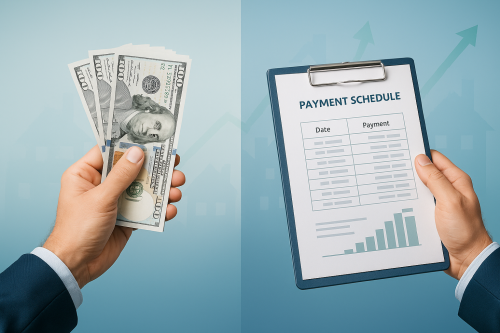

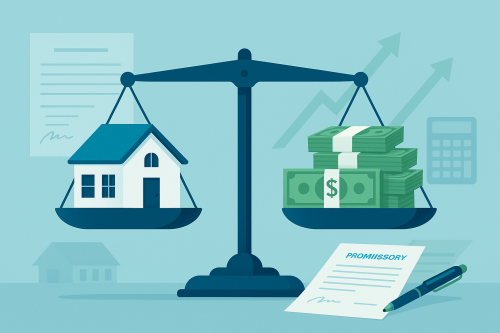
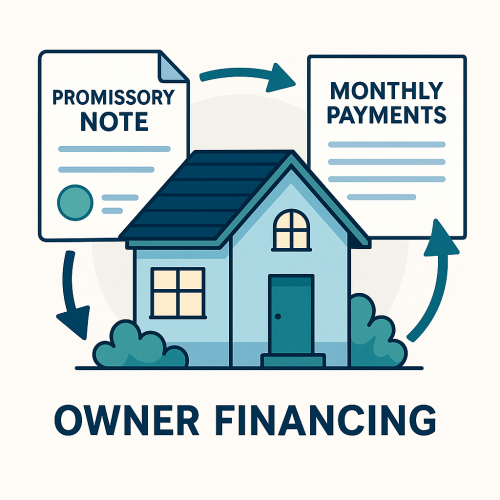
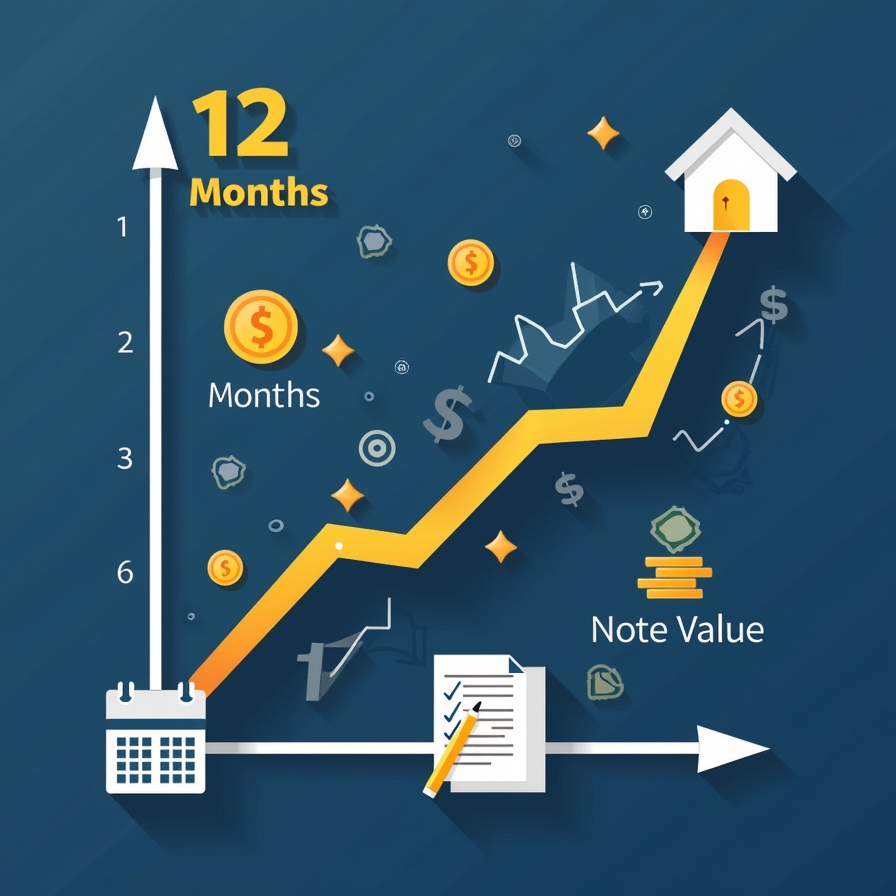

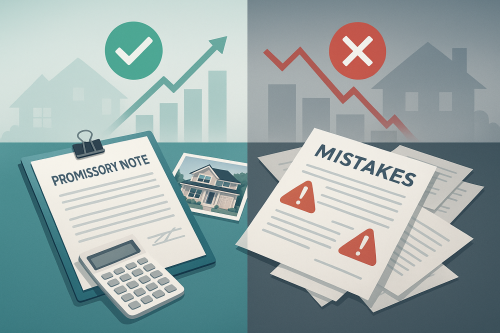
No responses yet